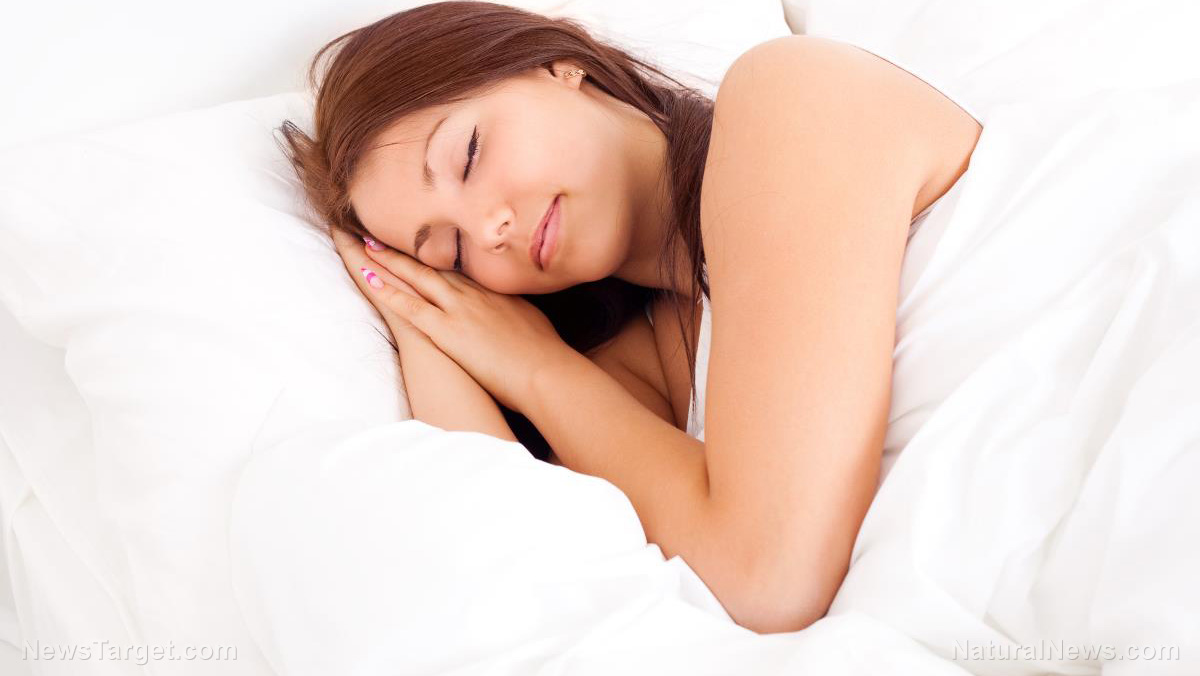Temperature and light from your environment tells your body when to sleep, finds research on fruit flies
03/18/2018 / By Jhoanna Robinson

A new study that was conducted in the University of Michigan and which was published in the journal Nature showed that fruit flies may teach us a thing or two about our own sleep patterns.
The researchers, via observing fruit flies, were able to illustrate how circadian clock neurons engage in thermoreceptor usage to constantly monitor the temperature of the environment. They were able to notice that even slight changes in temperature have a great deal of physiological effects on body lock neurons that regulate sleep.
The finding can aid researchers to get acquainted with how neurons are utilizing environmental temperature aside from light or the rays of the sun to normalize sleep timing in mammals, including humans. (Related: Sleep deprivation increases allostatic load.)
“Decades of work from recent Nobel Prize winners and many other labs have actually worked out the details of how light is able to adjust the clock, but the details of how the temperature was able to adjust the circadian clock were not well understood,” said UM Department of Molecular, Cellular and Developmental Biology post doctoral researcher and first author Swathi Yadlapalli.
“Going forward, we can ask questions of how these two stimuli are processed and integrated into the clock system, and how this has effects on our sleep behavior and other physiological processes,” Yadlapalli added.
Circadian clocks are biochemical apparatuses that enable living beings to manage their sleeping and waking patterns across the 24-hour cycle of the day. The study’s principal investigator, Orie Schafer, said circadian clocks in mammals are able to control internal body temperature, inducing the cycle of sleep patterns.
“We may think that the human body temperature is fixed at 98.6 degrees, but actually, our bodies change their temperature throughout the day”, Schafer said. “In fact, it’s fluctuating. The circadian system produces a daily rhythm in temperature which is an important cue for when it’s time to go to sleep.”
As the day nears bedtime, circadian clocks cool our body temperature, researchers found out. As our bodies are getting ready to wake up, these circadian clocks turn the heat up. These changes happen regardless of the temperature of the room that we’re in.
The study was spearheaded by Yadlapalli, Schafer, researcher Chang Jiang, and Pramod Reddy and Edgar Meyhofer from the UM Department of Mechanical Engineering.
The scientists were able to design an optical imaging and temperature control system that allowed them to take a photograph of neural activity in the circadian clock network of fruit flies when the flies are exposed to the heat or the cold.
“It looks like clock neurons are able to get the temperature information from external thermoreceptors, and that information is being used to time sleep in the fly in a way that’s fundamentally the same as it is in humans. As temperature drops, these neurons that promote sleep become excited, and that really entrains the sleep activity cycle to external temperature cycles. It’s precisely what happens to sleep in mammals when internal temperature drops,” Schafer said.
How light and temperature further affects sleep
As it grows dark, our bodies initiate the production of melatonin, which is a hormone that aids the body into the sleeping process. That is why artificial light at night tires our eyes and makes it more difficult for us to fall asleep.
Temperature also influences the natural process of sleeping. As the pineal gland produces melatonin, our bodies become a degree or two colder. This is why it can be difficult to sleep when the body’s temperature is too hot or too cold – it craves an ideal temperature to facilitate the process of sleeping, such as 65 to 75 degrees Fahrenheit, researchers said.
For more scientific discoveries and breakthroughs, visit Scientific.news.
Sources include:
Tagged Under: circadian clocks, circadian rhythm, Circadian rhythm sleep disorder, good sleep, melatonin, research, sleep cycles, sleep habits, sleeping process




















